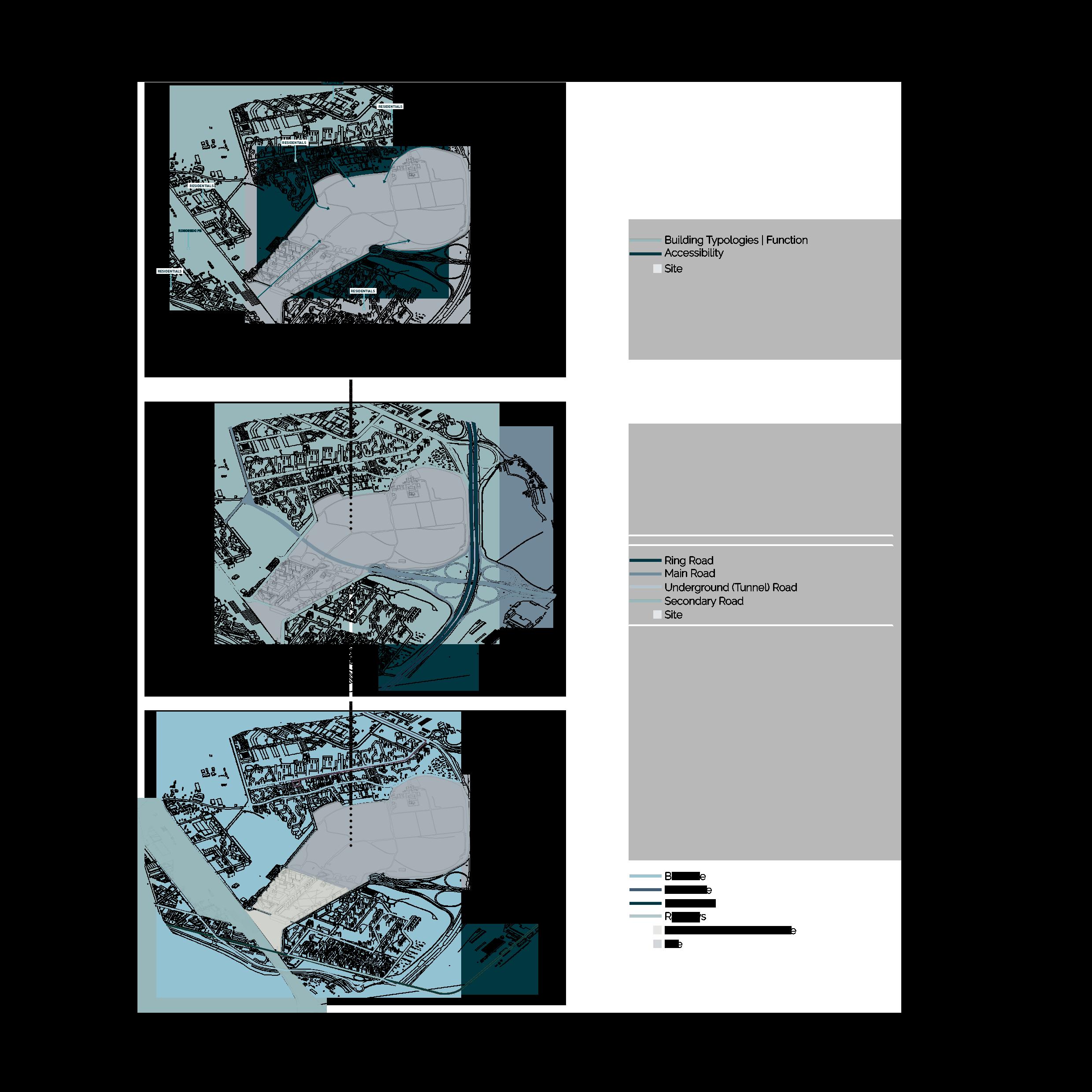
2 minute read
ANALYSIS AND STRATEGY
In our previous analysis and studies, we focused on the context of Santa Giulia and its origin; however, in such study, we focus directly on our site on a smaller scale. Our site is located on SouthEast periphery of Milan, in the Zone 4 administrative division, and its area reaches up to 296 acres (1.2 km2). The site’s location can withstand and welcome different age groups, as through the division and spread of population around in Milan, the senior and the young population is equally visible in that area. Such analysis proves the capability of making a masterplan consisting of an arena, sport parks, commercial street and business buildings, which allow different age groups to benefit from the project during time zones of the day. The site clearly benefits from various infrastructures regarding transportation which facilitates and ease the transfer of players and VIPs in private vehicles, and spectators in public transportations though railways and private vehicles as well. It is bordered on the south from Rogoredo train station, which leads to Bologna and south of Milano. Such station is also a junction point of Metro Line 3, considered a strategic metro line in Milan, which connects Duomo station, Centrale station, Porta Romana station, Rogoredo station, and finally San Donato station. And finally, the site is only 7 minutes away from Milan’s domestic airport, Linate, through the adjacent highway found of the right of the land. On the other side of side, it is considered to be weaker in terms of local and urban transportation; however, it still occupies several tram and bus stops which circulates around.

Advertisement
As we look around the highlighted area for construction, we realize the presence of several sport facilities, consisting of Rugby fields, swimming pools, tennis courts, and communal football ground. These facilities allow Santa Giulia to be the perfect location to host the Winter Olympics 2026 Ice Hockey Arena, as it complements the whole area and adds a significant value for sports in that location.
The site is located on the south-east of Milan, with a Paullese Street passing right under it through a tunnel, which acts as an entry gate for Milan. The specified area, known for being an industrial zone, is now consisting mainly of residential buildings, with certain exceptions where we can still see the industrial buildings. It is considered to be an under-developed zone with not much real estate and big projects being constructed, and for that matter, Santa Giulia district is designed to alter this perception.
The site’s accessibility is defined by present entry points, like the boulevard which connects Santa Giulia to Rogoredo and crosses between the constructed residential buildings. Such boulevard is of great importance in our analysis which will later lead to the development of the masterplan. Other accesses can be from the ring road on the side, and several streets branching out from Viale Ungheria on the north part.









